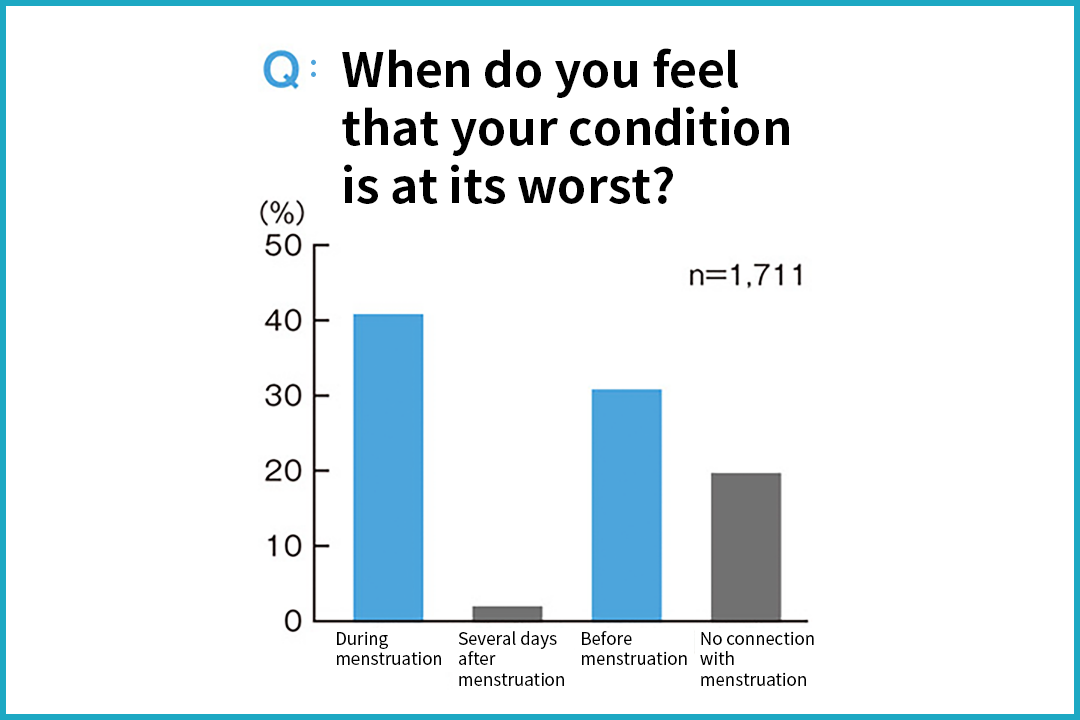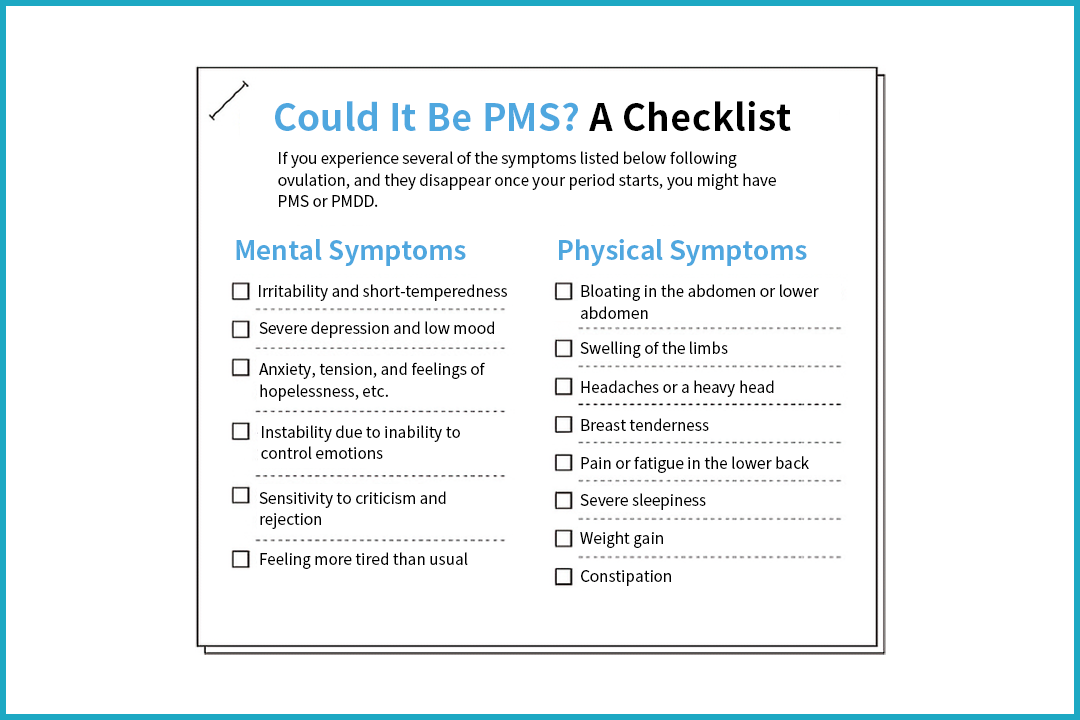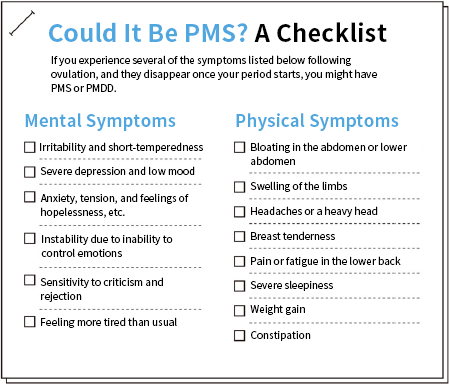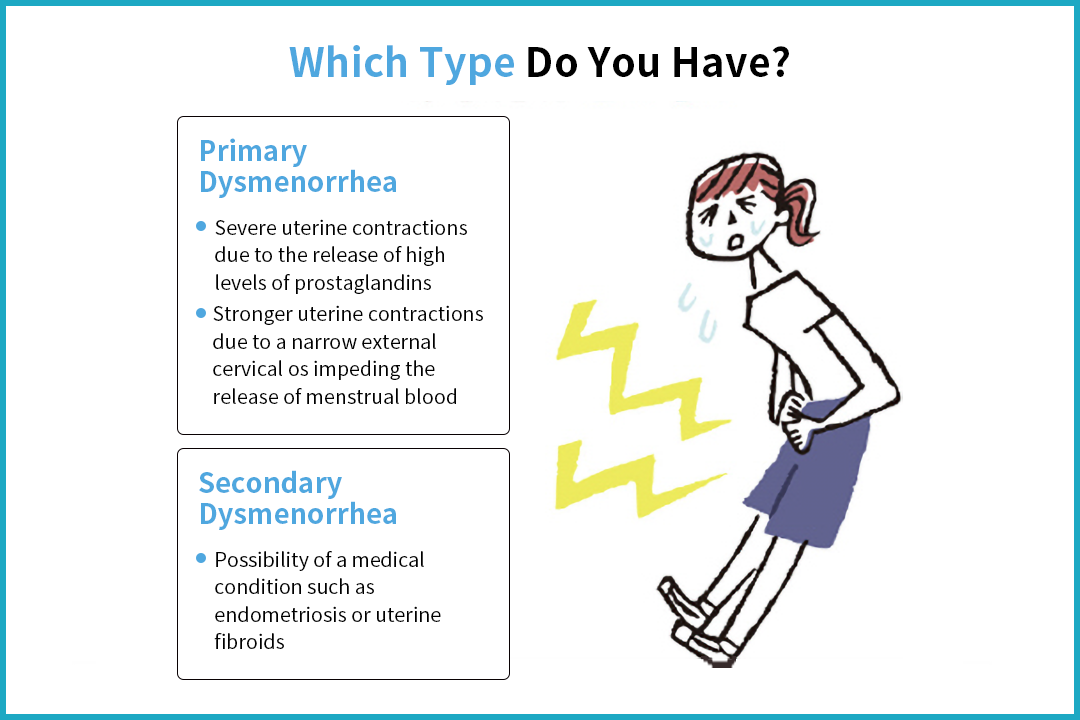
CONDITIONING
Fundamentals of the Menstrual Cycle Why Do We Get Premenstrual Syndrome (PMS)?

Unpleasant Symptoms One Week Before Menstruation as a Result of Increasing Female Hormones
Suffering from unpleasant symptoms like irritability, short-temperedness, headaches, or dizziness in the lead-up to menstruation is called premenstrual syndrome (PMS).
There is also a form of PMS—known as premenstrual dysphoric disorder (PMDD)—involving severe depressive states, aggressiveness, or other acute mental conditions.
These unpleasant symptoms are identified as PMS by the fact that they begin three to ten days prior to menstruation and improve once menstruation begins.
The exact causes of PMS are unknown, but it appears that negative symptoms are triggered by the sharp rises and falls in the female hormones estrogen and progesterone over this period.
PMS Is Linked to Athletes’ Unique Health Issues
One survey found that 44.3% of college athletes who were members of sports clubs had an awareness of PMS and experienced severe symptoms.
Of the symptoms reported , those of severe anxiety and overeating tended to be particularly acute. The study highlighted that this can be attributed to a range of factors, including hormonal changes, in addition to the unique dispositions and circumstances of female athletes.
The first step toward dealing with PMS is to monitor your menstrual cycle by measuring your basal body temperature. Alongside this, it is a good idea to check in on your physical condition prior to menstruation and adjust your training accordingly.
Please use the checklist below to check whether you might have PMS. Oral contraceptive pills are considered an effective medication for PMS.

